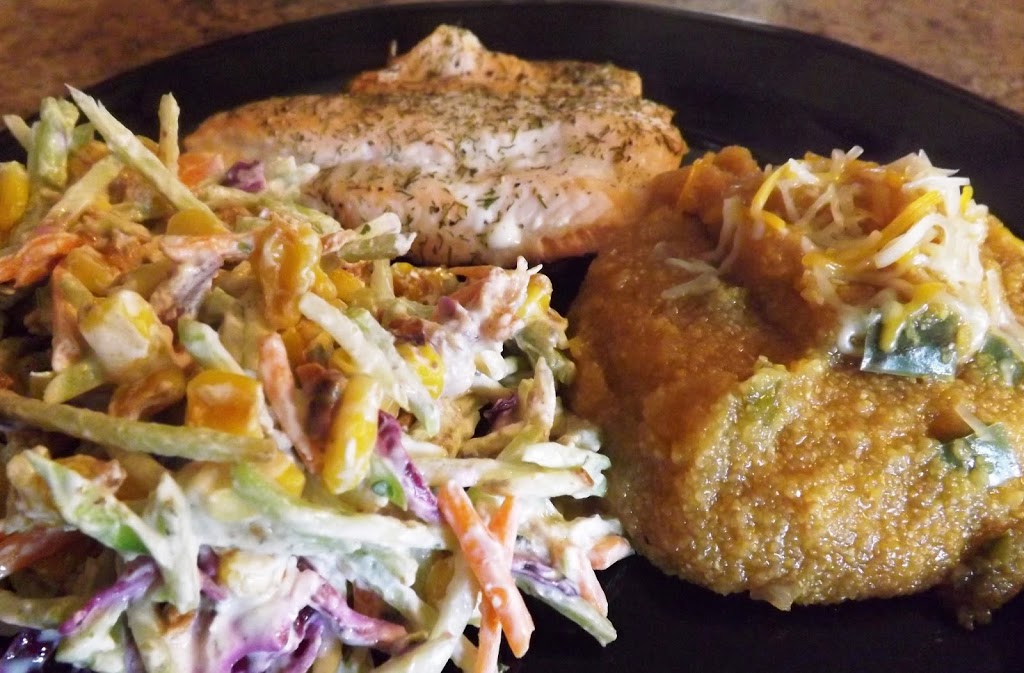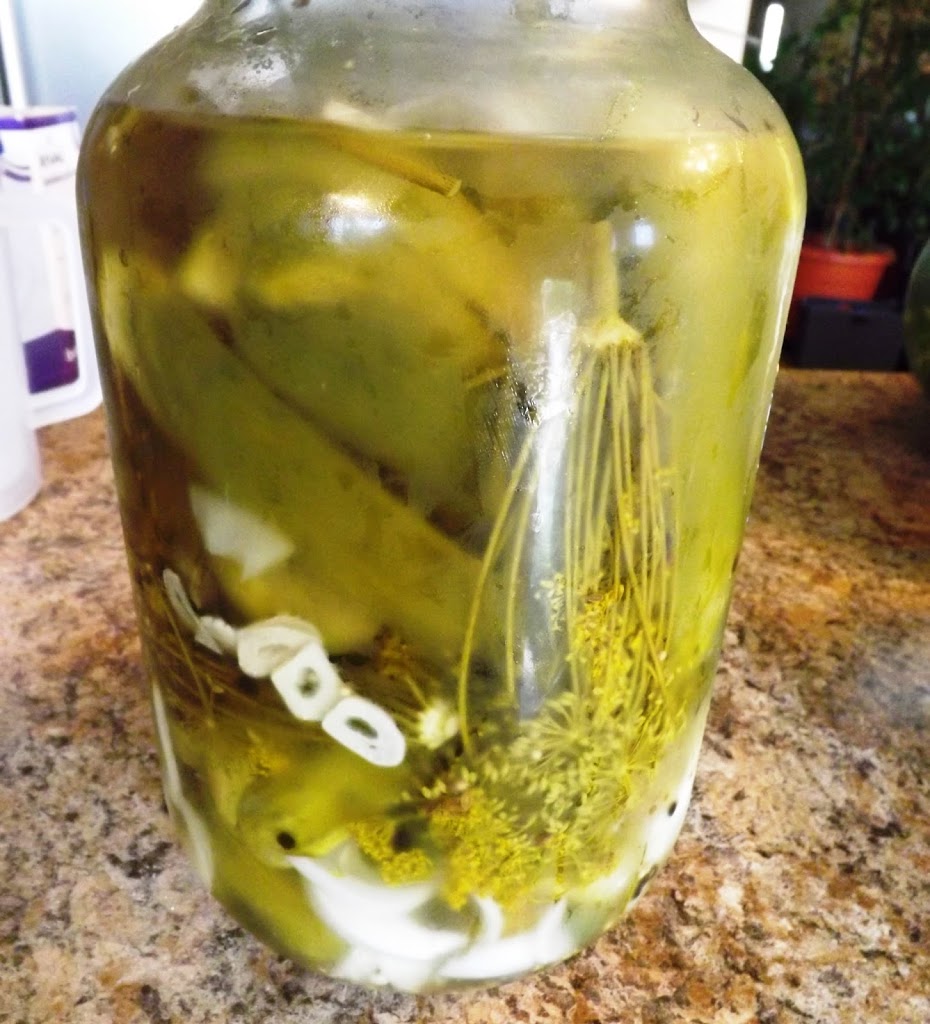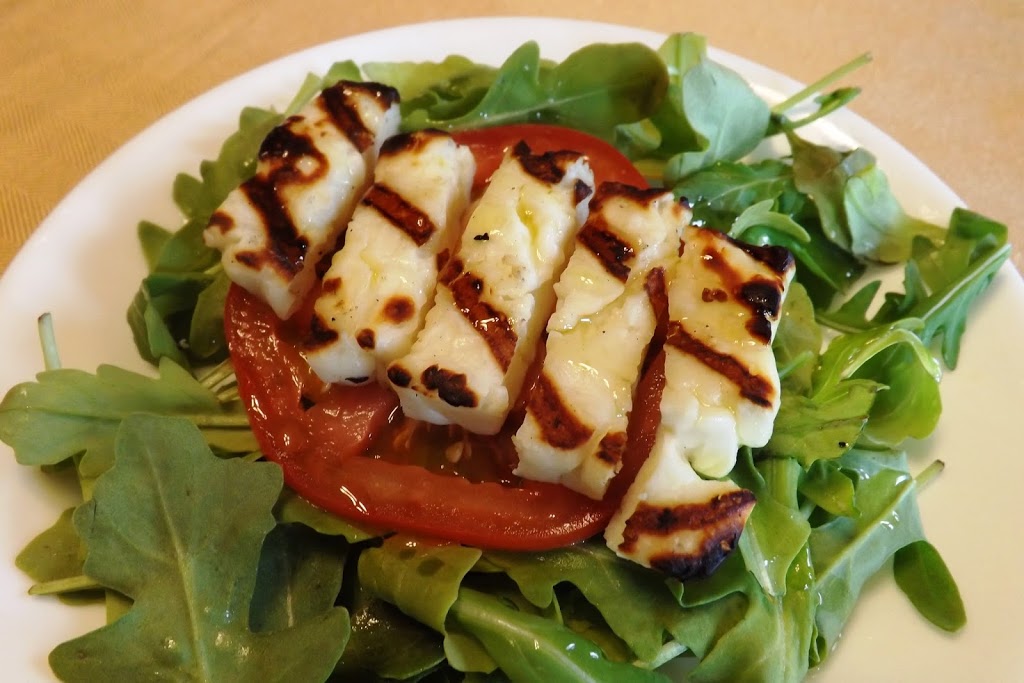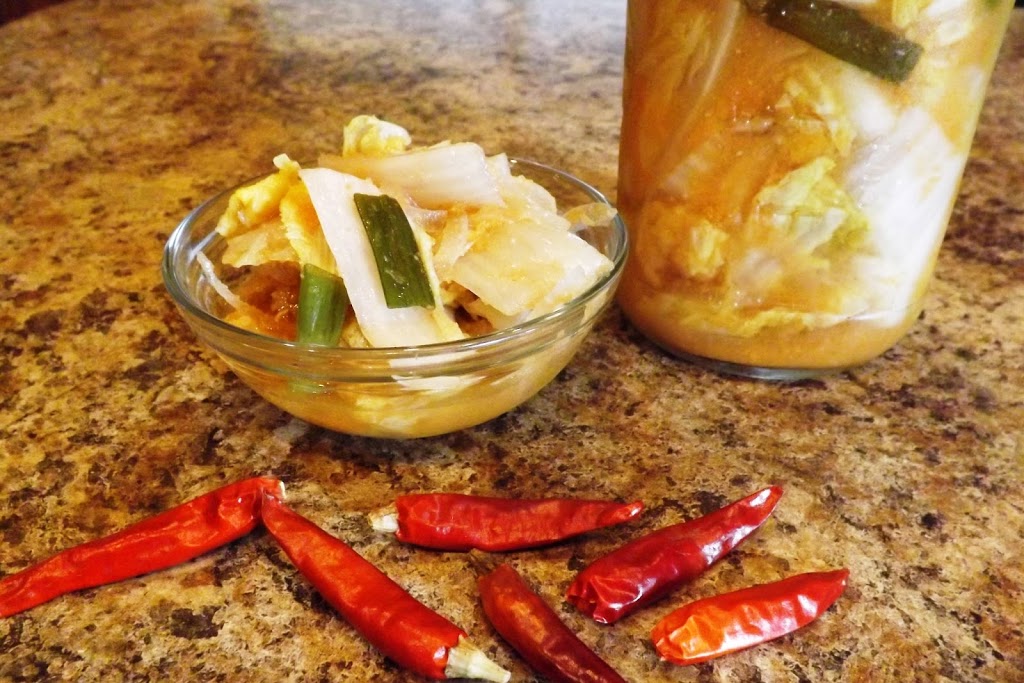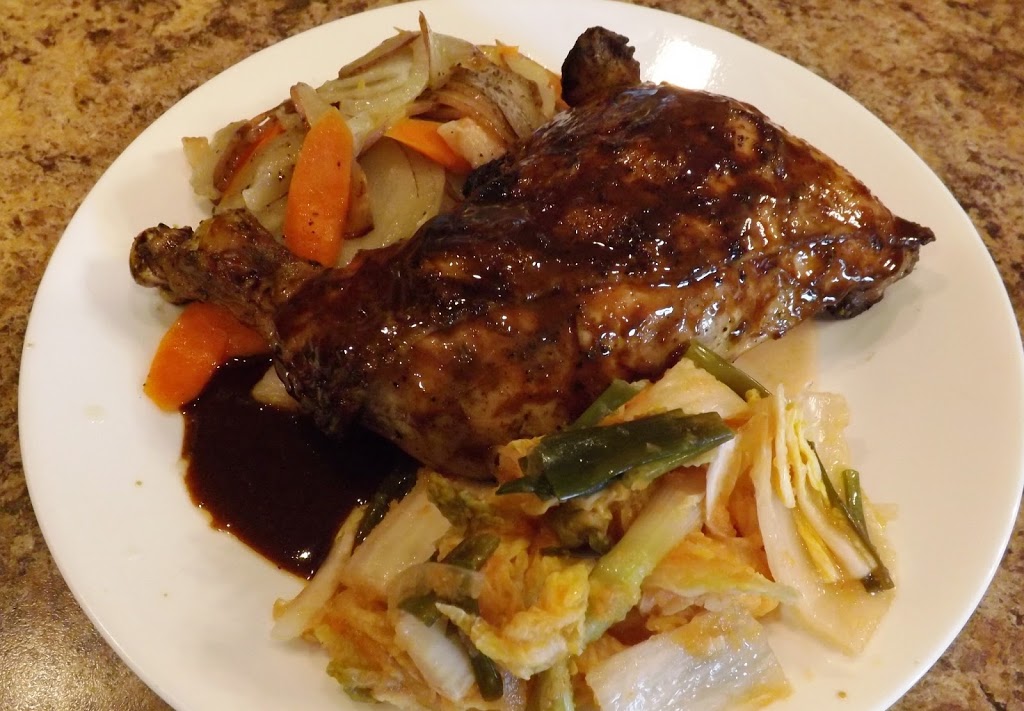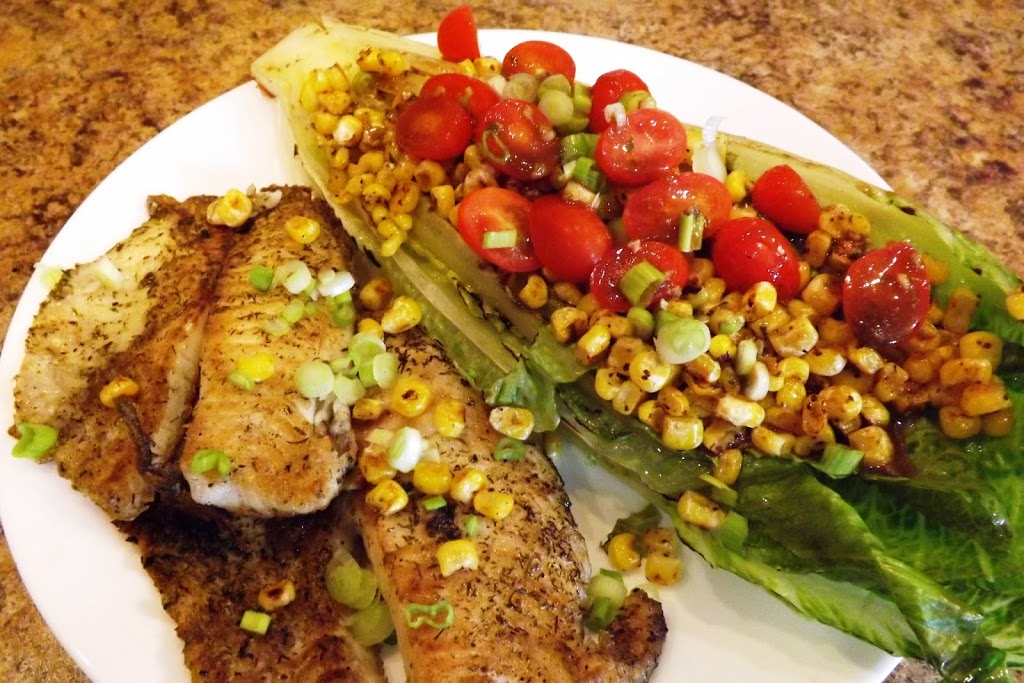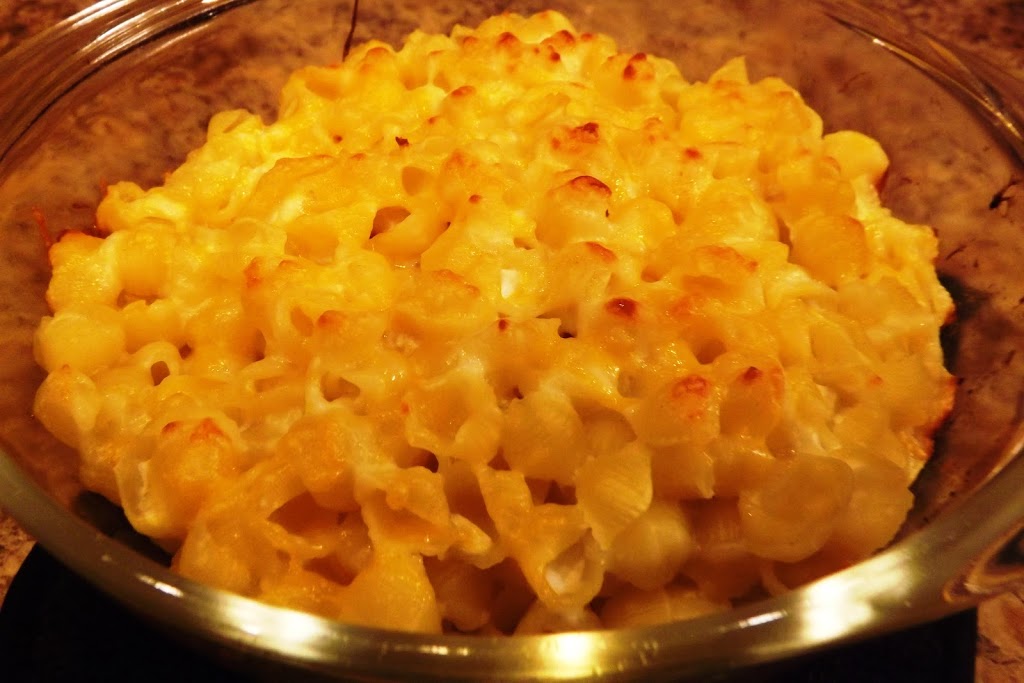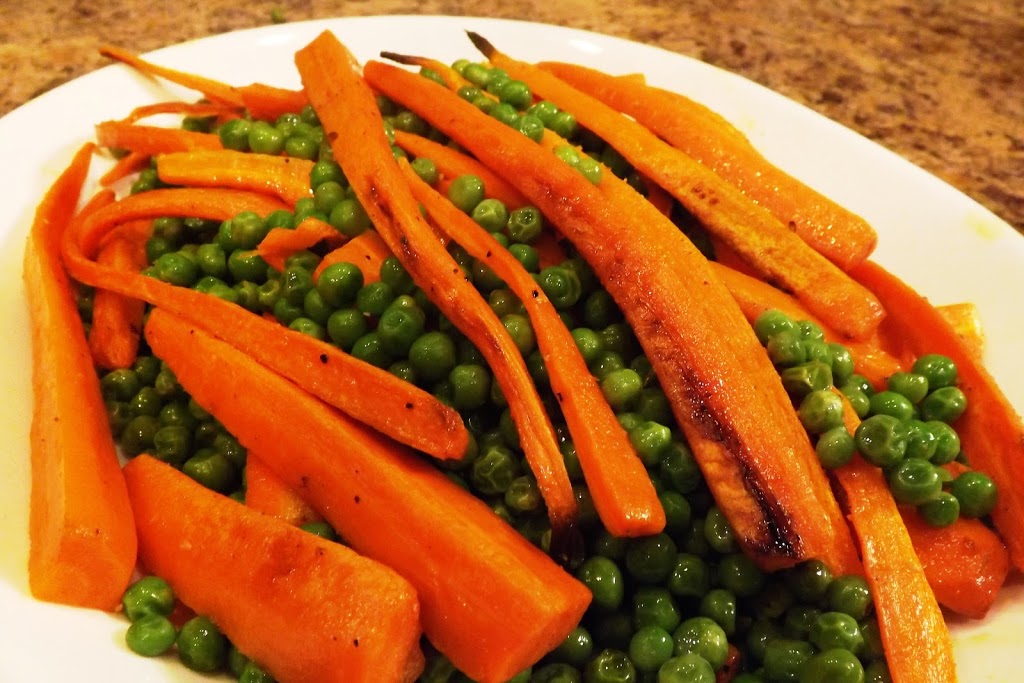Kimchi
Make 2-3 quarts
1 head (1.5 to 2 pounds) napa cabbage or green cabbage, cut into 2 by 1-inch pieces (reserve 2-3 large leaves, uncut). Note: You can also substitute bok choy in place of cabbage.
2 tablespoons kosher salt
3 large cloves garlic, minced
1 teaspoon fresh ginger, peeled and finely grated
1 teaspoon sugar (alternatively, use 1 apple or pear). I used 1 apple, cored, but not peeled
3 tablespoons Korean chile pepper flakes or paste (gochugaru). I used 1 tablespoon Sriracha sauce.
4 green onions, green parts only, cut into 2-inch pieces (optional, but I used it)
1/4 cup medium yellow onion, thinly sliced (optional, but I used it)
Optional: a few large carrots, thinly sliced (I used this)
1-3 teaspoons fish sauce (I didn’t use this, to reduce the sodium content)
For extra hotness: add 1 chili pepper (doesn’t need to be gochugaru). I used a dry Thai Birds-Eye pepper, shown in the foreground.
A three quart-size, sterilized mason jars (Place in boiling water, mouth down, for 10 minutes. Do this while you are preparing the garlic-ginger-chile paste.)
Yield: 1-3 quart-size jars (I made 2 quarts from a 2 pound head of Napa cabbage.)
What to Do
Wash all vegetables and premeasure all of your ingredients so you have them ready to go. Set aside a few large cabbage leaves (to be used at the end of the process).
Place the rest of the cabbage in the large bowl and sprinkle with 2 tablespoons of kosher salt. Toss to combine. Cover the large bowl and allow its contents to sit at room temperature until the cabbage has wilted (expect this to take a minimum of one hour and as many as 12). As it wilts, the cabbage will release around a 1/4-1/2 cup of liquid. (To speed the process, place a plate on the cabbage and then put a weight on the plate. A gallon jug of water works perfectly.) Remember this could take as many as 12 hours, so give it time if it needs it! I think leaving it the full 12 hours under that plate created more juice and a better finished product.
Once the cabbage has wilted, drain it, set the liquid aside,and pat the leaves dry.
After you drained the cabbage, combine the garlic, ginger, chili pepper, carrots (if you’re using them), and sugar (or the apple or pear, if using) in the food processor or blender.
Process the mixture until it forms a rough paste (around 30 seconds if using a food processor or blender). Be sure to scrape the container’s sides as needed.
Thoroughly mix the cabbage with the paste. This is your basic kimchi mixture.
Pack the kimchi into the mason jars (try to avoid air pockets). Add equal amounts of the reserved cabbage liquid to each jar, making sure that each jar has at least an inch of head space (If needed, add some water to the jars to make sure the kimchi is completely covered by liquid.). Press the mixture down firmly using the wooden spoon, so that the brine covers the top.
Cover the top of each jar with one of the reserved large cabbage leaves.
Seal the jars loosely. (If you seal them tight, they will eventually explode.) Let them sit at room temperature (65 to 75 degrees Fahrenheit) for three to five days. Taste the kimchi every few days; it will be ready when it has developed a sour, spicy taste and a texture resembling that of sauerkraut. (I found that 7 days at room temperature was perfect. Also, I was out of town on days 3-7 so I didn’t really have an option. Fortunately, fermented foods are forgiving.)
When the kimchi is ready, remove the big cabbage leaves from the top of each jar and store the jars (tightly sealed) in the fridge. The kimchi should keep for several months.
Nutritional data: (1/4 cup, drained)
Calories: 17
Fat: 0.1g
Sat fat: 0g
Chol: 0mg
Sodium: 117.3mg
Carbs: 4g
Fiber: 1.3g
Protein: 0.7g
